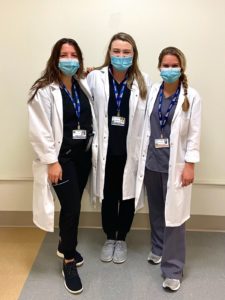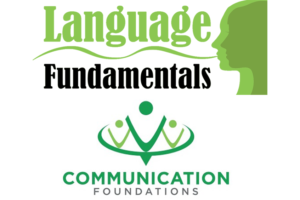COVID-19 has certainly changed many things in how we all live our day-to-day lives. Communication while wearing a mask is something new for most people. For many speech-language pathologists, the pandemic and the use of facial coverings have presented a unique challenge.
We know that early language learners do not solely rely on auditory cues (what they hear), they also rely on visual cues (what they see) and benefit from seeing the speaker’s mouth. This is why we, as early intervention speech therapists, often pair words with gestures when communicating with our children. Visual cues help reinforce the language we are using to communicate.
It appears at least for the time being facial covering are here to stay and they help to reduce the transmission of COVID-19. When wearing a mask, you can do the following three things to help improve communication.
1. Use clear speech strategies- speak slowly, exaggerate/enunciate your words, increase the volume of your voice)
2. Use nonverbal communication- use gestures, body language, be expressive with your eyes to help convey the message you want
3. Reduce background noise – this helps reduce unnecessary distractions
Of course, at home when with your children you don’t have to wear a mask and should always pair visual and verbal cues together when communicating with your child. However, for those times you are out of the home, or if you have a career where you must communicate with others, these tips will hopefully help!
As an alternative, you can always purchase a mask with a clear panel that will allow others to see your mouth as well.
Let me know if you have any questions or feedback. We are glad to be a resource to your family.
About the Author: Nicole Calderin, CCC-SLP is the Chief Operating Officer of SLP Communication Foundations, a division of Language Fundamentals. SLP Communication Foundations employs over 30 SLPs providing Early Intervention Speech Therapy Services across the State of New York.




This is my first time visit at here and i am in fact
happy to read all at alone place.